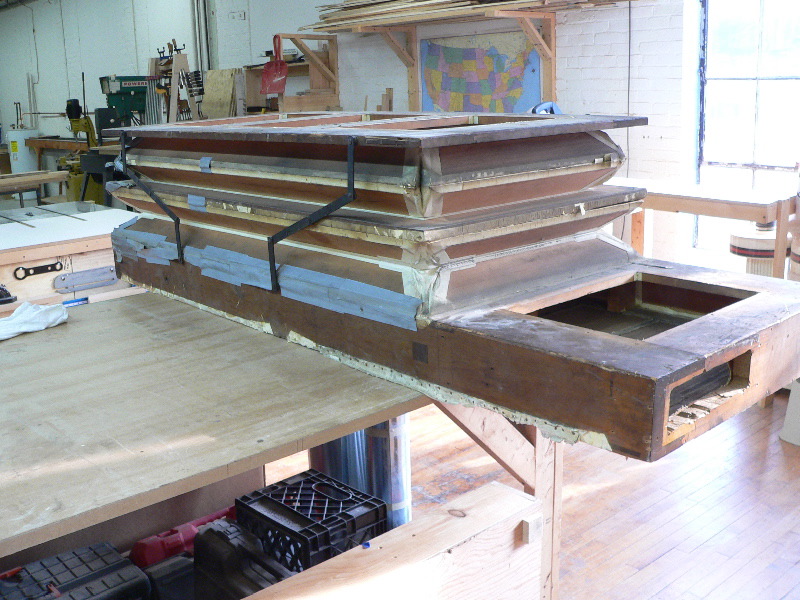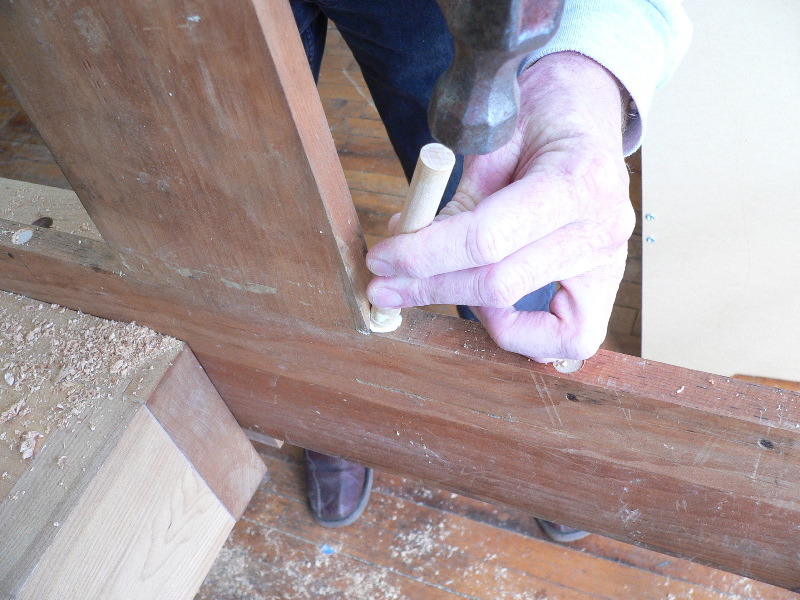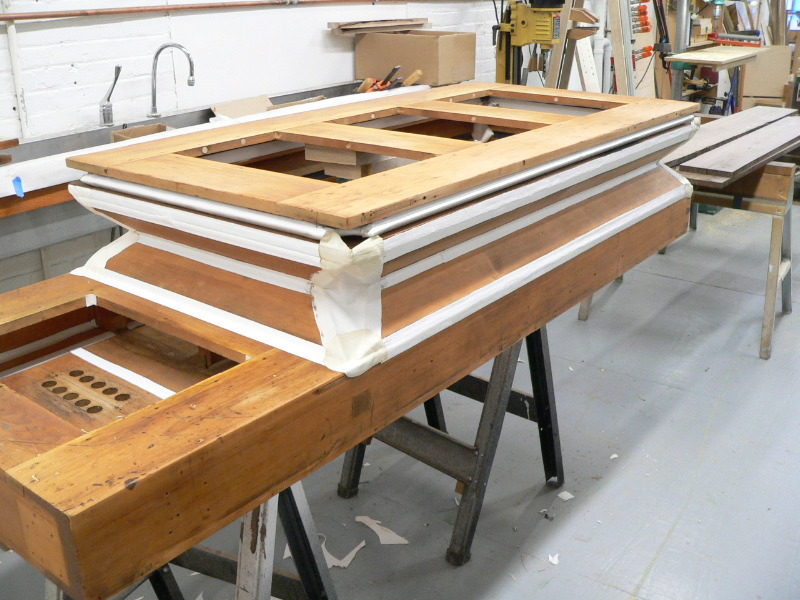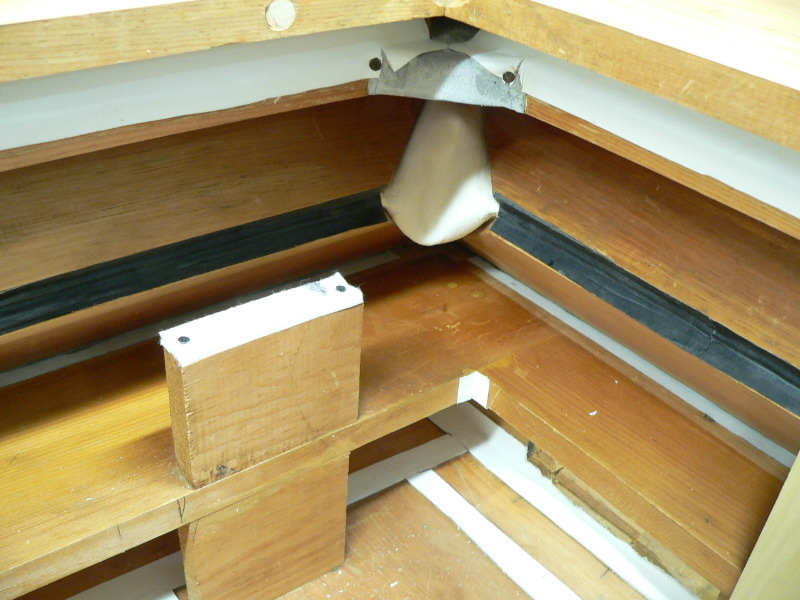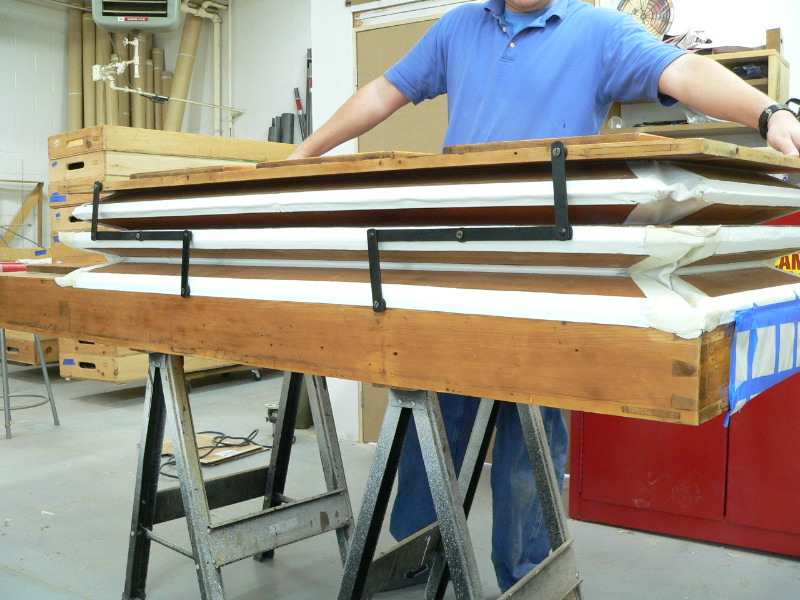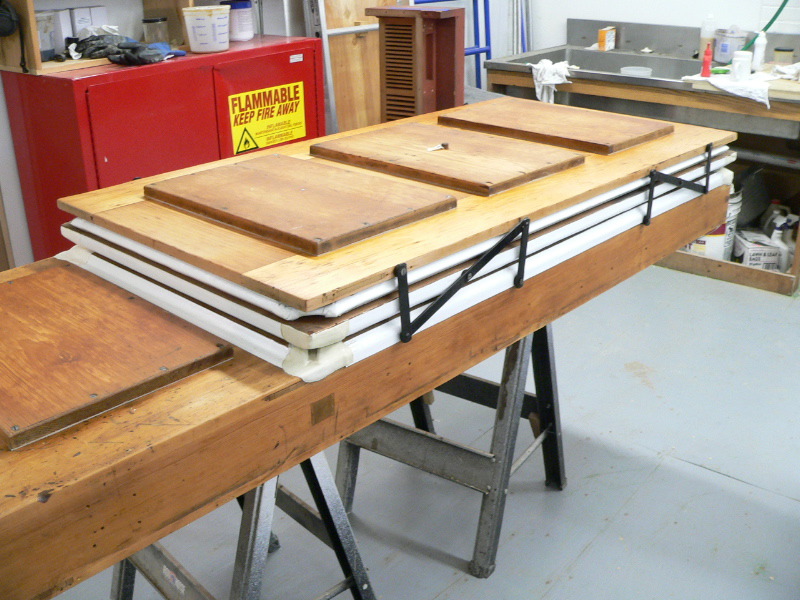In 1881 William Belden signed a contract for a somewhat different version of the pipe organ that now resides at the Troy Music Hall, which was originally built for his residence on Fifth Avenue in Manhattan. Belden was apparently a great fan of the work of our firm: he also had the Odells build a three manual Odell organ for his residence at City Island in the Bronx (Op. 172) two years prior in 1879.
In the Spring of 1890, Op. 190 was sold to the Troy Savings Bank. In a letter from our archives dated May 8, Bank Chairman Edmund Cluett writes:
"I enclose Mr. Wm Belden's order for the pipe organ now at 810 5th Ave. which has been purchased by the Troy Savings Bank. You will please remove the organ to your factory at once and put it in shape to [install] it in the Troy Music Hall not later than [...] Your terms for said removal of $2,800 are hereby accepted. It is understood that this does not include case or motor power to blow the bellows."
In a letter dated June 25 of the same year, Bank Treasurer Charles E. Hanaman writes:
"I am at last, after much delay, in a position to give you final instructions as to the additions, etc. to be made in the organ for the Music Hall. You may alter the two bellows and put on horizontal feeders to adapt it to the Ross piston motor at the price named [$105]. You may add the 'Mixture' in the Great Organ [and] arrange it with four ranks of flue pipes as you suggest in your letter of May 23 where you name the price as $300. You may add the set of polished aluminum pipes which you spoke of when here at $350. The other addition the 'Cello' we will leave out. Our indebtedness to you will be as I understand it:- [totals up the additions suggested to $4,055]
Please say if the above figures are correct as you understand it. The aluminum pipes to be polished as I understand it?
I send you today the blue prints of the organ case in order that you may arrange the pipes to fill the openings as far as possible, the space not filled by speaking pipes will have to be filled out with dummy pipes I suppose."
Hanaman's letter concludes:
"The carpenter is at work on the platform and expects to have the floor laid by the end of the next week. If you desire to give any instructions about holding any of the work on the case back to accommodate your work please let us hear from you. Yours Respectfully, C.E. Hanaman, Sec'y and Treas."
These letters explain some of the changes to the organ. Concerned about the impression the organ would make in much different room than the one it was originally designed for, scales and wind pressures were increased and stops exchanged. Some additions suggested by the Odells such as a Subbass 32' and Quint 10 2/3' for the Pedal were rejected by the Bank as too costly.
In addition to changes to the specification, the organ layout was altered for installation at the Music Hall; the organ spans the platform over the stage all on one level, with the Great and Swell divisions situated "normally" relative to the keydesk, which is located at the far left side of the organ case. Further back from the keydesk is the Solo division (Manual I), set transverse to the keydesk, and beyond that lies the Pedal division at the far right of the organ case.
The present case was constructed specifically for the installation at the Music Hall and features pediments that echo the hall's Italianate interior. The center flat contains the basses of the Great Double Open, which unlike the other case pipes are aluminum leafed rather than stenciled.
The organ received some minor modifications over the decades, but aside from alterations to the winding system (now being reversed, see below) by and large it remains intact. The organ has become the signature fixture of the Hall; it may presently be neglected, but it will never be removed. In fact, it is the addition of organ to the Hall that is credited for making the Music Hall "one of the acoustical marvels of the world" according to The New York Times.
In January of 2006, a volunteer team led by Scot Huntington and Stephen Pinel from the Organ Historical Society began cleaning the organ in order to make it playable for the upcoming OHS Convention based in Saratoga Springs, New York. Thus far two of the three manual divisions have been cleaned and minor repairs have been made. The goal of the project is not a restoration, but merely to make the organ playable for the upcoming convetion and to raise awareness about the organ in the community. The high pressure reservoir and a small number of damaged pipes were restored at our shop in 2006.
Odell opus 190, Troy Music Hall
Odell restoration work from 2006
